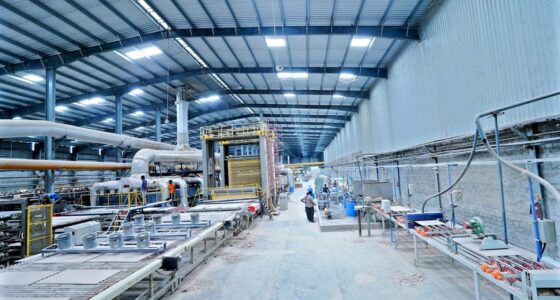Developers are now mulling over incorporating of coworking spaces in their residential projects. This to align with the new Work From Home realities.
By Varun Singh
With changes brought in due to COVID 19 many builders are mulling over incorporating coworking spaces within their projects.
Anuj Puri, Chairman, Anarock Property Consultants says all this align with the new WFH realities.
According to Puri, there are at least two possibilities – retrofitting coworking spaces into existing clubhouses, and incorporating such a feature at the very design stage for new projects.
Retrofitting calls for key modifications, especially in structures originally intended for socializing and community activities.
Offering coworking spaces as an added feature in residential or mixed-use developments is definitely a timely notion. Many people are finding it difficult to work purely from home due to distractions and space/ infrastructure constraints.
Puri says given that work-from-home is now an accepted norm, this added feature will help attract more buyers and help developers sell their product faster. It will further enhance the overall facilities and offerings of the project.
However, to add this feature or facility, the size of the project matters a lot. For instance, a mid-segment project having more than 300 units and a sizeable clubhouse could sustain such a facility. It would be harder to incorporate in smaller projects.
For high-end projects at prime locations, with the exception of boutique luxury projects built on small plots, the developer could feasibly incorporate a coworking space within a project.
Anuj Puri, Chairman, Anarock Property Consultants.
Puri gives a piece of advise to developers too. He says, “To target both resident and external clients, projects having dedicated coworking spaces must be located close to major office and public transport hubs. If such coworking spaces are within a mixed-use development, they can be easily managed by the developers themselves.”
Challenges
If the developer intends to focus only on coworking spaces for residents, there is no major challenge other than the added maintenance costs in the long run.
If the objective is to attract external clientele as well, the coworking operator will need to factor in commercial growth. For this, the challenge is to keep up with the outside competition.
In either scenario, the potential demand for in-house coworking spaces may be temporary and limited to the duration of the pandemic’s worst impact.
Already, we are witnessing a significant part of the previously WFH workforce returning to their offices.
“This return migration would not impact larger coworking spaces meant to draw footfalls from all around – the demand for such spaces is strong and growing,” says Puri
Also Read: Corporate Biggest User Of Coworking Spaces.









